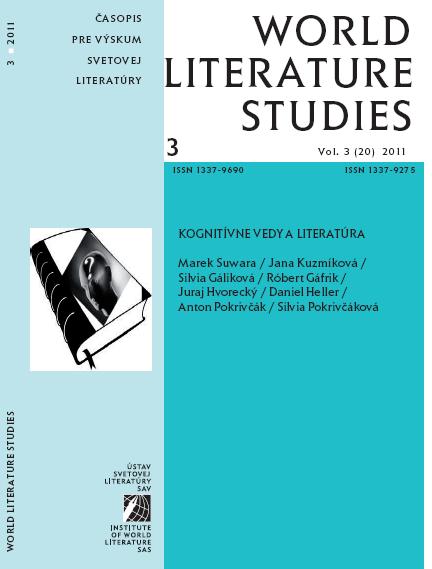Figurative Speech as a Representation of Meaning
Figurative Speech as a Representation of Meaning
Author(s): Daniel HellerSubject(s): Literary Texts
Published by: SAV - Slovenská akadémia vied - Ústav svetovej literatúry
Keywords: Representation of meaning. Figurative speech. Expressed. Meant. Metaphor. Irony.
Summary/Abstract: The complexity and plasticity of speech is manifested inter alia by the fact that there are not a few speech phenomena that cannot be understood literally. If a speaker exclaims „This is exactly what I was missing!“ nobody expects that he hoped in a matter of fact that he will get drenched today. This pronouncement is to be understood not literally but in a metaphorical, figurative or transposed meaning. One of the tasks of contemporary psychology of speech and cognitive psychology is to reconstruct the structure and the process of the production and reception of figurative speech. The most important forms of the figurative speech are metaphor and irony. According to the classical rhetoric a metaphor substitutes the actually meant word another whereas the substitutive or comparative theory comprehended a metaphor as an analogy. The modern linguistics criticized the idea of similarities given a priori. According to the interaction theory the metaphoric meaning is generated by the mutual incidence of two ideas. As concerns the irony is is similar. The model of the process of understanding the figurative speech assumes first the reception of the literally meaning whose incoherence with the context influences the inference of actually meant (Searle). The longer processing of figurative formulation results from this thesis - „literally first“. But the empirical studies showed that understanding both the meanings is equally quick. That is why Gibbs created the contradictory model of „direct access“ that assumes understanding the figurative meanings without the regress to literally meanings. Nevertheless, there is still open question left: What happens to the literally meaning in the end of the process of understanding the figurative expression? Neither the conception of synchronous being aware of literally and non-literally meaning does not make it possible to explain the emotional and motivational dimensions of esthetical liking, endearment, and favor the research of which often starts from the figurative speech. My contribution focuses on the figurative speech as a representation of meaning. This paper pains to elaborate this idea and to bring some evidence on this topic.
Journal: World Literature Studies
- Issue Year: III/2011
- Issue No: 3
- Page Range: 62-71
- Page Count: 10
- Language: English

